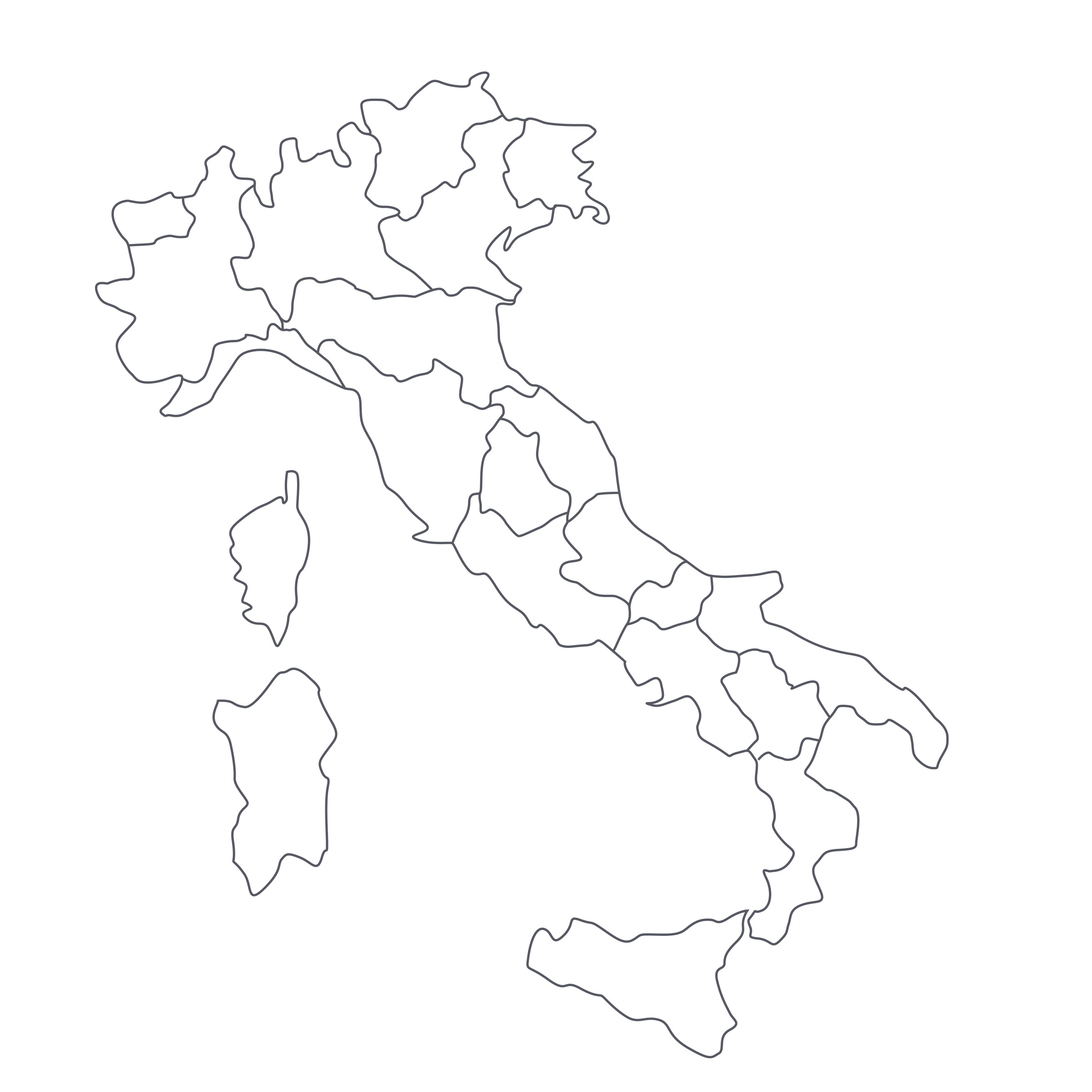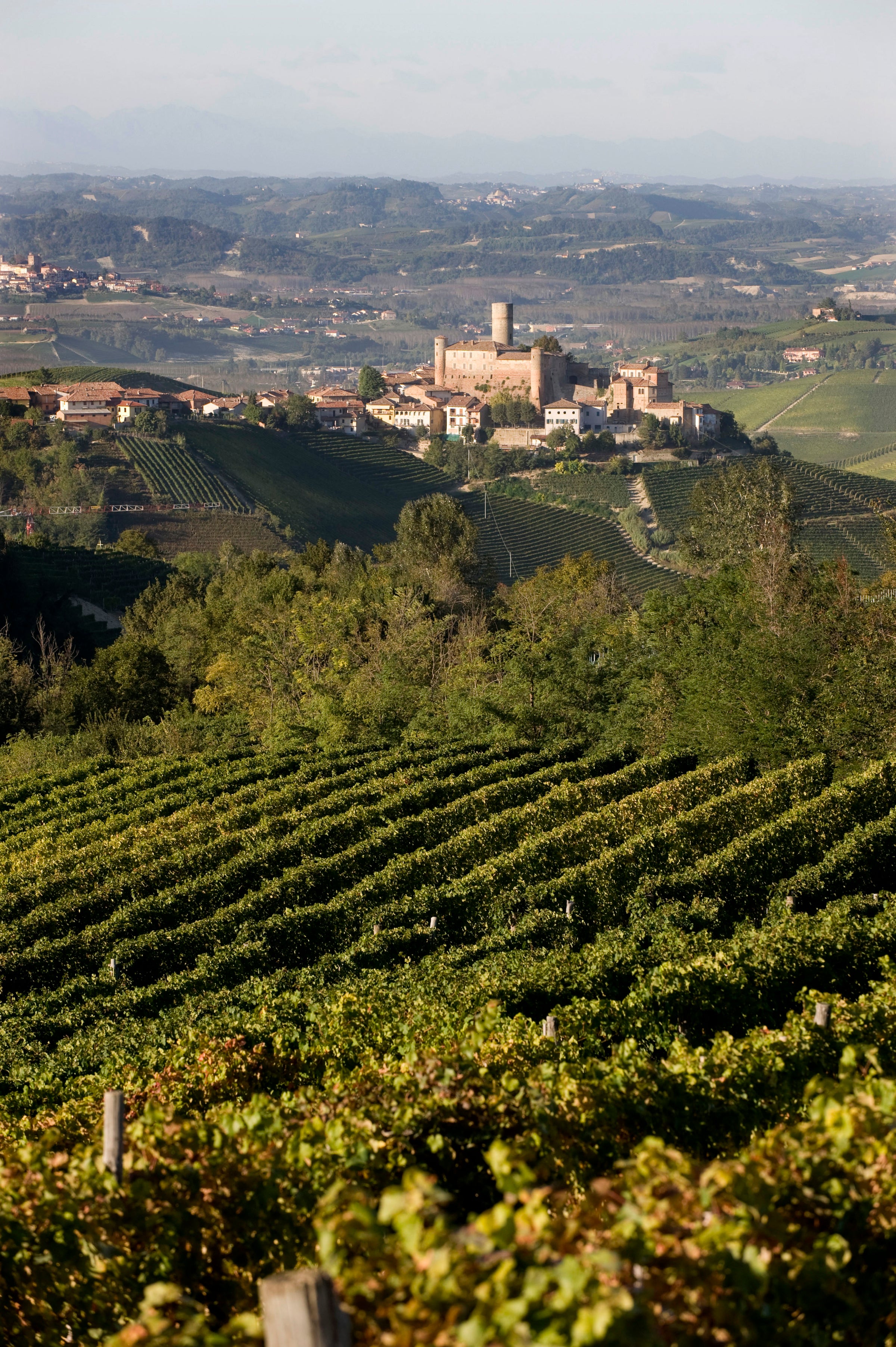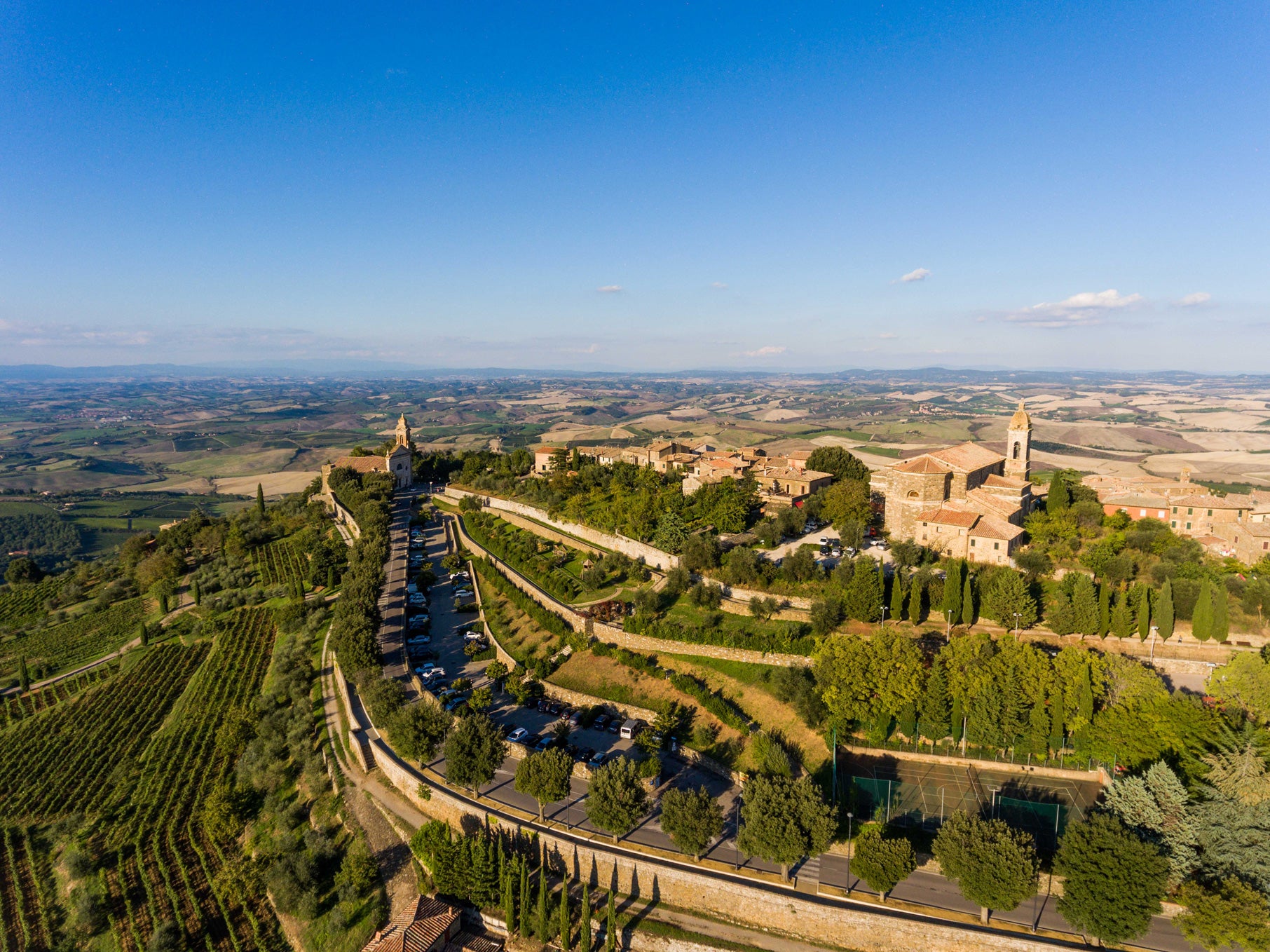If you’re a Barolo enthusiast, you’re by now at least casually acquainted with the “modern” versus “traditional” debate that has consumed the region for decades. Many drinkers have taken a side, often fiercely, even as many of the producers themselves find that they’re somewhere in the middle of the two poles.
Aldo Conterno’s now-iconic “Il Favot” is a Nebbiolo from Barolo with most of the hallmarks of the ‘modernist’ movement—including a healthy dose of new oak—from one of the longest-established, pedigreed ‘traditionalists’ in the zone. From a technical standpoint, it is essentially a ‘Barolo,’ one that countless Piedmontese producers would be happy to release as such. Yet it exists apart from Conterno’s brooding, austere lineup of Barolos and puts a friendlier, fruitier, prettier face on a grape that can be a little forbidding (to put it mildly). Il Favot is an exploration of the modernist path without taking a side, and it makes sense in the lineup of a producer like Aldo Conterno, whose classically structured Barolos aren’t typically ready to drink for a decade at least. For lovers of the heady perfume and sweet/savory complexity of Barolo Nebbiolo who have neither a decade to wait nor a fortune to spend, this wine delivers the goods. Like a great ‘second’ wine from a blue-chip Bordeaux château, this beautifully proportioned, impeccably crafted 2013 is a more affordable, accessible glimpse inside one of the greatest wine estates in the world.
The story of the Aldo Conterno property is familiar to many: the Conterno family’s winemaking roots in the Barolo village of Monforte d’Alba go back to the 19th century, and it was Aldo’s father, Giacomo, who was among the first to commercialize bottled Barolo back in the 1920s and ‘30s. The Giacomo Conterno estate, still one of Barolo’s most iconic, is where Aldo and his brother, Giovanni, cut their wine teeth in the ‘50s and ‘60s—but in 1969 Aldo struck out on his own, purchasing a farm called “Il Favot” in Monforte and leaving Giovanni to run Giacomo Conterno. While the Giacomo Conterno winery was/is based in Monforte, its legendary ‘Francia’ vineyard was/is in the neighboring village of Serralunga; Aldo’s vineyards were/are in the ‘Bussia’ hamlet of Monforte, with a little more of a full-south exposure than the west-facing Francia. Traditionally, the Aldo Conterno Barolos are perhaps a little burlier and darkly fruited than the earthy, ethereal Giacomo Conterno wines, though both produce some of the longest-lived wine in the zone.
It could be said that the Aldo Conterno wines skewed more “modern” than the resolutely old school Giacomo wines, but let’s step back a moment and ask, What does all this modern-vs.-traditional talk really mean, anyway? The Barolo of the 1960s and ‘70s was an extremely austere, tannic wine, usually left to macerate on its skins for a good 40 days or more during fermentation and aged in very large, old barrels called botti. The color of the already lightly pigmented Nebbiolo grape destabilized in these larger, usually open-topped, vessels, giving the wine a brickish, orange-y cast even in its youth. Some wines were plagued by funky, bacterial notes from perennially re-used barrels that weren’t well-sanitized (and of course, some were glorious, aromatic wines that resembled Grand Cru red Burgundy). What a new generation of Barolo ‘modernists’ did in the 1970s and ‘80s, first and foremost, was strive to “clean up” Barolo and make it perhaps a little more accessible in its youth. Producers such as Elio Altare and Angelo Gaja sought inspiration in Burgundy and noticed, among other things, the newer, smaller French oak barrels they used for aging. Why not in Barolo?
But it’s not sufficient to equate the modernist approach solely with oak (even though oak continues to dominate the conversation). Yes, sealing up a young wine in a small, new barrel not only micro-oxygenates the juice and helps retain a darker, more ‘satisfying’ color, it lends the vanilla/toast notes so beloved by certain critics. But almost more important in defining the modern style was the movement toward much-shorter skin macerations (to reduce the bitter tannic elements) and, in perhaps the most dramatic cultural shift, “green” harvests to promote greater physiological ripeness/fruit expression of the notoriously mineral, earthbound Nebbiolo.
At this point, even some of the leading lights of the modernist movement have found a more middle-road path—dialing back the oak, among other things—but there are still some classicists who’d likely rail against a supple, squeaky clean wine like Il Favot. But ultimately, the stuff’s delicious. Why be so doctrinaire?
Hailing from the younger Nebbiolo vines on the Conterno property, Il Favot is expressedly designed to be a smoother, more accessible, if no-less-complex alternative to their Barolo. While the entry-level Barolo is macerated on its skins for 25-30 days, Il Favot’s maceration is only about a week, which mitigates its tannic impact. The base Barolo spends 26 months in large, used Slavonian oak casks, the Il Favot 18 months in small, all-new French barriques. Nebbiolo as presented in Il Favot is a little brighter, softer, and sweeter than its more masculine, mineral, leathery incarnation in Barolo. In the glass this 2013 is a robust, though hardly opaque, ruby red with some ‘bricking’ at the rim. As is typical of Nebbiolo the aromatics are penetrating and perfumed, here driven by red fruit flavors of cherry kirsch, cranberry, and red currant. But of course there’s so much more: rose petal, blood orange, tar, tobacco, and a hazelnut/vanilla kiss of new oak. The tannins are fine-grained, the texture silky and lush, the finish long, smoky, and sweetly floral. Although it is designed to drink now(ish), this is still Nebbiolo we’re talking about, and thus a good hour in a decanter before serving in Burgundy stems is the way to go. It is luxurious, wintry juice that has an almost full-body effect, warming and woodsy and ever-evolving in the glass. It needs similarly satisfying food to tame it, preferably something beefy and braised; here’s a
Piedmontese classic we’ve likely recommended before, the ultimate in seasonal eating and drinking.




